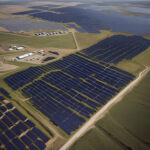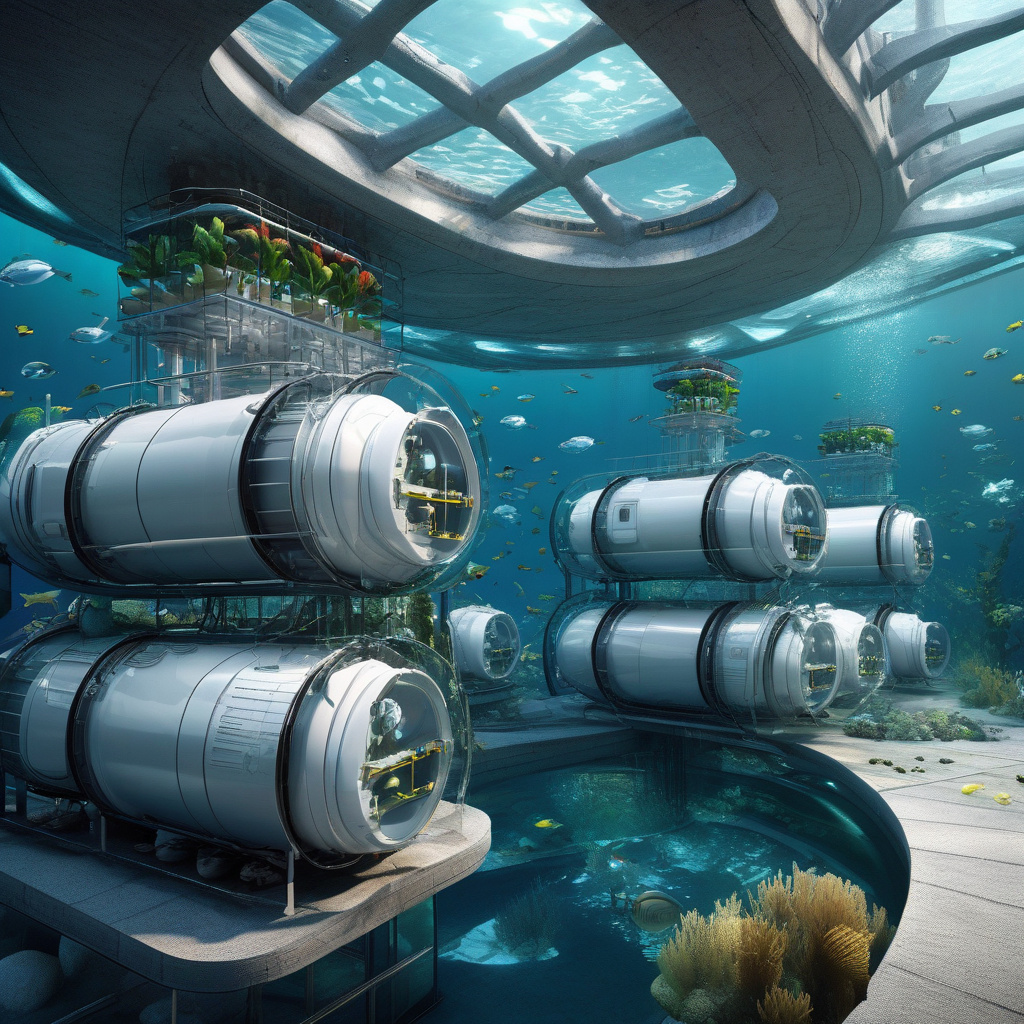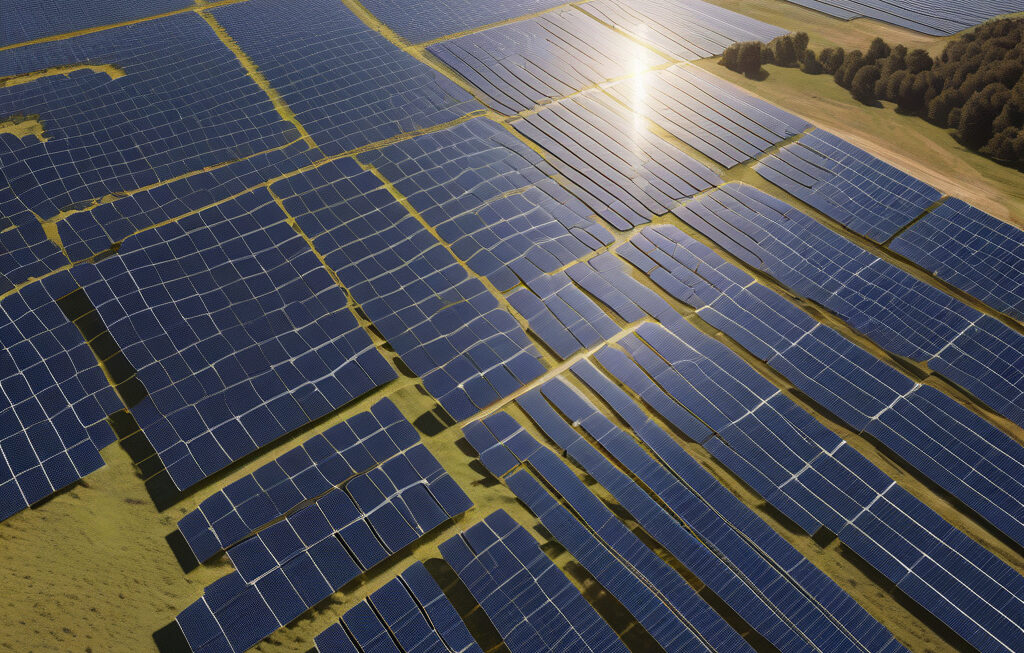Germany’s underwater energy vaults could be the world’s next power storage giant
What if the key to storing solar power isn’t on rooftops or in batteries—but hidden beneath the waves? Germany, known for its engineering prowess and commitment to renewable energy, is pioneering a groundbreaking solution to the challenge of storing excess energy generated from renewable sources. By repurposing old coal mines and salt caverns as underwater energy vaults, Germany is poised to become a global leader in large-scale energy storage.
The concept of underwater energy storage is as ingenious as it is ambitious. Instead of relying on traditional above-ground storage solutions, such as lithium-ion batteries, Germany’s underwater energy vaults leverage the natural properties of water to store energy in a cost-effective and environmentally friendly manner. During periods of excess energy production, such as sunny days with high solar output, surplus electricity is used to pump water out of the underwater vaults, creating a temporary “energy island” of sorts.
Then, when energy demand outstrips supply, such as during the night or on cloudy days, the stored water is allowed to flow back into the vaults, passing through turbines that generate electricity on demand. This innovative approach effectively turns the underwater vaults into massive batteries, capable of storing gigawatt-hours of energy for later use.
One of the key advantages of underwater energy storage is its scalability. Unlike traditional battery storage, which can be limited by the availability of materials like lithium or cobalt, underwater energy vaults can be built in almost limitless quantities. Germany’s vast network of disused coal mines and salt caverns provides ample opportunities for the construction of these underwater energy storage facilities, enabling the country to store potentially terawatt-hours of renewable energy.
Moreover, underwater energy storage has the potential to address one of the biggest challenges facing the transition to renewable energy: intermittency. Solar and wind power are inherently variable energy sources, dependent on factors like weather conditions and time of day. By pairing these renewable sources with large-scale energy storage solutions like underwater vaults, countries like Germany can smooth out the peaks and valleys of energy production, ensuring a stable and reliable power supply for consumers.
The environmental benefits of underwater energy storage are also significant. Unlike traditional pumped hydro storage, which relies on large reservoirs in mountainous areas, underwater energy vaults have minimal environmental impact. By repurposing existing industrial sites like coal mines, Germany can avoid the need for new land use or disruptive construction projects, minimizing the carbon footprint of its energy storage infrastructure.
Germany’s ambitious foray into underwater energy storage could have far-reaching implications for the global energy landscape. As countries around the world seek to decarbonize their economies and transition to renewable energy, the need for reliable and cost-effective energy storage solutions will only grow. By demonstrating the viability of underwater energy vaults on a large scale, Germany is not only securing its own energy future but also laying the groundwork for a new era of sustainable power storage.
In the race to combat climate change and build a cleaner, greener future, Germany’s underwater energy vaults could very well emerge as the world’s next power storage giant.
#Germany, #EnergyStorage, #RenewableEnergy, #UnderwaterVaults, #Sustainability











